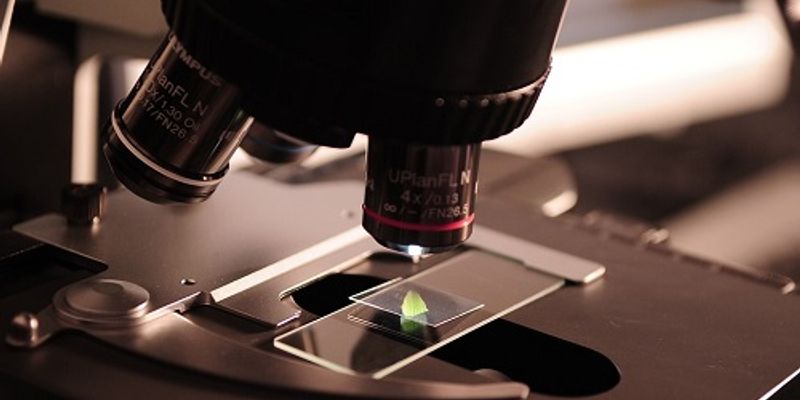Cell Line Development
Cell Line Development: Stable cell lines are widely used in a number of important applications including biologics (e.g. recombinant protein and monoclonal antibody) production, drug screening, and gene functional studies. The process of developing stable cell lines often starts with transfecting selected host cells, typically CHO or HEK 293 cells, with desired plasmids. After transfection, researchers then screen and quantify high-expressing clones. Once these high producers are identified, the cell lines and/or the proteins produced by the cells are validated. The manual screening methods traditionally used for cell line development are time-consuming and labor-intensive, creating a great demand for high-throughput, automated solutions for such efforts.
-
Matching the mutational profile of a patient's tumor with appropriate targeted agents is a goal of personalized medicine in oncology. The number of FDA-approved targeted therapies, as well as...Speaker: Stephen Lyle, MD, PhD
























